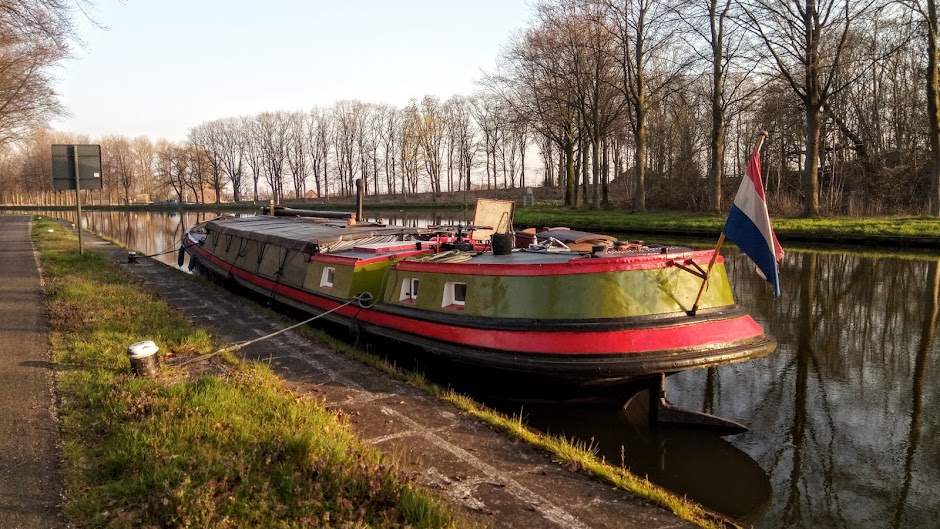New Year’s traditions vary throughout the world, but a common theme is, I think, noise. The clocks chime midnight and everyone raises glasses, spirits and voices all together. As I said, noise, lots of it!
However, I find the regional variations are interesting, mainly because some of them are, at best, a little odd. In London, the thing to do is gather around the Christmas tree in Trafalgar Square, jump in the fountains and generally get both inebriated and wet. Why anyone would want to get cold and soggy while celebrating in the middle of winter is beyond strange, isn’t it? But then with my dislike of both (cold and wet stuff, especially combined), I could be considered a bit biased.
Then, in New York, they watch a big ball descend a flagpole in Times Square. It seems this tradition began back in 1907 and has as much reason to it as wallowing in a fountain – in other words none. In Brazil, they don white clothes, go to the beach and jump over seven waves, with each wave representing a wish. Make sense? Sort of, I suppose; about as much as the Spanish tradition of eating 12 grapes at midnight, one grape for each stroke of the hour on the clock. Of course, in Scotland, they do it sensibly and just go to a nice warm pub to celebrate with hearty vigour, but they do sing that wonderfully stirring song Auld Lang Syne.*
What beats me totally, though, is the Dutch tradition, which I’d never encountered until I first came to the country: mass destruction by fireworks. Okay, I know there are organised firework displays in many countries at New Year, but the Dutch take it to a new level as up until this year, it’s been an excuse for everyone to spend thousands of euros on all manner of incendiary devices in the lead-up to 31 December. As for the night itself, known as Old and New or jaarwisseling, I swear war could have broken out over the country and no one would notice. The first time I witnessed a Dutch New Year, I was astonished. It was jaw dropping. We were in a seventh floor flat and were looking out over the city of Rotterdam when the night sky suddenly burst into a blaze of light and colour as far as the eye could see. At the time, I thought it was beautiful, stunning even, and it was, but that was before firework manufacturers invented those dreadful bombs that simply explode with thunderous bangs that make your heart stop, your home shake, and your teeth rattle. Then life in the city just became wretched for the entire Christmas and New Year period. Our animals were, of course, absolutely terrified. Poor Polly, our collie, and then Sindy, were gibbering wrecks hiding behind the toilet or under the bed. For them, it was a nightmare from which they never recovered.
We went away as much as we could for New Year in those early days. Firstly, to the barge in Brussels and later to the Crumbly Cottage. Sadly, even at the latter we weren’t free of the cacophony entirely as our village is still in the Netherlands, but at least it didn’t sound as if we were in the middle of a major assault in a conflict zone, an analogy that’s not unreasonable given the number of injuries, property damage and deaths that have occurred in recent years.
Now, though, at last, the government has listened to pressure from not only the people, but the police, the ambulance services and the hospitals. This year, thank goodness, will be last Old and New when fireworks will be permitted and from 1 January, 2026, they’ll be banned other than at organised and controlled displays.
As for us, we’re aware, like everyone else, that this being so, it is likely to be the worst year ever, so we have escaped even further. My family, and all our animals, are in France where it is blissfully quiet and there’s not even a sparkler in sight.
So, all it remains for me to say now is Happy New Year, allemaal. May 2026 bring you only what you wish for, and I’ll look forward to reading and enjoying your news, blogs and comments in the coming months.
Here’s a wintry photo of what the Dutch do best that I really love. With the current cold spell, we could well be seeing the skaters out and about soon! It’s way too frosty for boats, so this is the next best thing.
*Apologies for the simplistic summing up of Scottish NY. I know there are wonderful celebrations in Edinburgh and other cities, and I adore the pipes!

























































